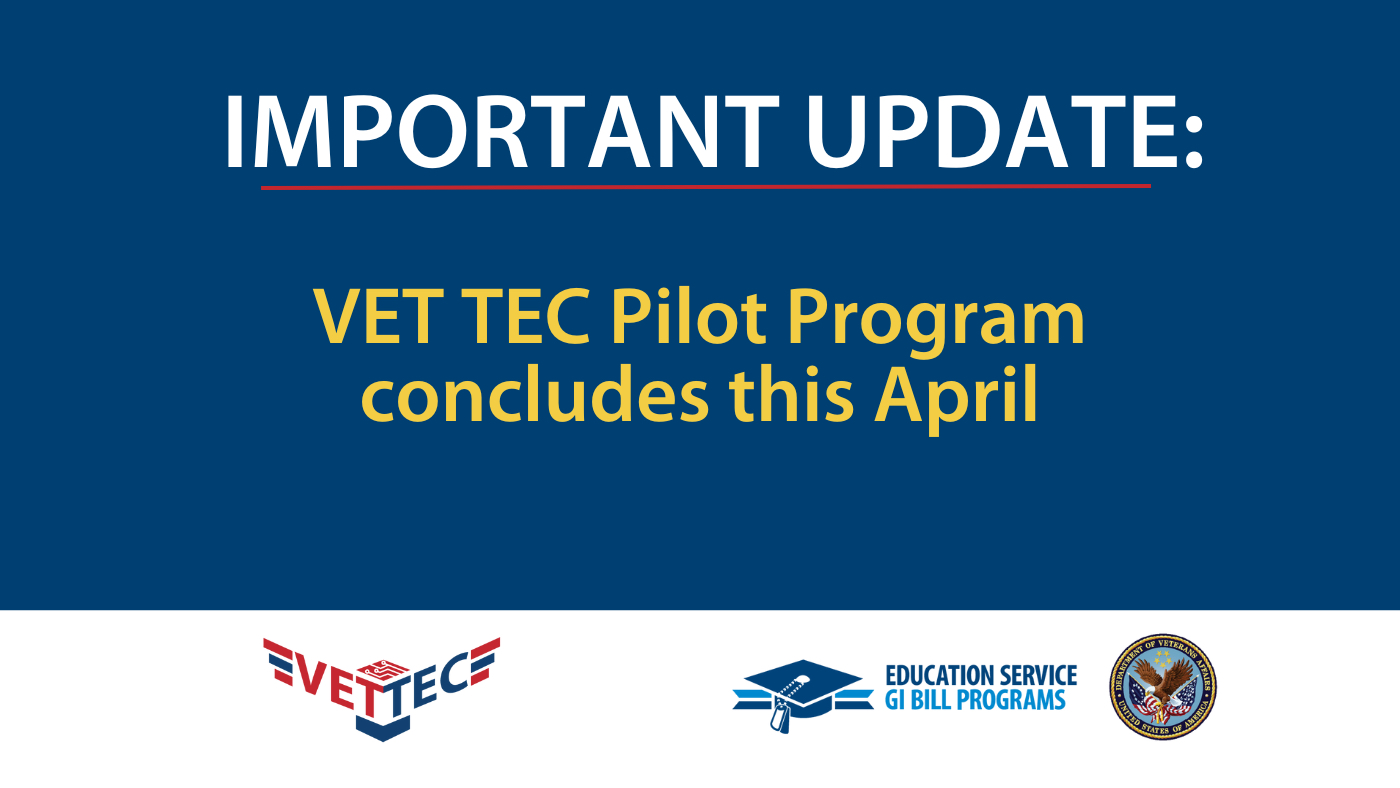Just one year after President Trump signed Executive Order 13822, VA has made significant strides forward in its mission to provide mental health care to transitioning service members and Veterans during the first 12 months after separation from service, a critical period marked by a high risk for suicide.
The executive order mandated the creation of a Joint Action Plan by the departments of Defense, Homeland Security and VA. The plan was accepted by the White House in May 2018 and has been underway since that time.
According to Dr. Keita Franklin, executive director, suicide prevention for VA’s Office of Mental Health and Suicide Prevention, all 16 tasks outlined in the Joint Action Plan are on target for full implementation by their projected completion dates, seven out of the 16 items are complete and early data collection efforts are showing positive results.
Transitioning service members can now register for VA health care early
Partnerships within the Veterans Health Administration and the Veterans Benefits Administration’s Office of Transition and Economic Development, are actively providing, through the Joint Action Plan, transitioning service members with the opportunity to register for VA health care pre-transition during the Transition Assistance Program. This is a new option for service members, who before were provided with information for independent registration, however, were not provided with the opportunity for facilitated registration.
“In a single month, more than 34 percent of the nearly 8,000 transitioning service members who attended the TAP modules in person registered for VA health care before, during or after their class attendance date,” Franklin said. “One of the joint goals of this effort is to reduce barriers to care. By getting transitioning service members registered into the VA health care system earlier, we are able to get them the mental health care they need much quicker.”
The TAP curriculum is also modified to incorporate a new military lifecycle module on community integration resources. This module informs transitioning service members about community organizations as well as how to identify and check them.
“Because of the updates to TAP, 81 percent of the transitioning service members in TAP during the fourth quarter of fiscal year 2018 said they felt informed about the mental health services available to them,” Franklin said. “This modification reinforces the important role of community partners, such as Veteran Service Organizations.
Emergent mental health care available to more service members than ever before
Through the coordinated efforts of DoD, DHS, and VA, certain former service members may receive emergent mental health care from VA. Additionally, any newly transitioned Veteran who is eligible can go to a VA medical center, Vet Center, or community provider and start receiving health care right away.
As part of the effort to provide mental and behavioral health care, VA is using telemental health technology to reach those service members who may not have easy access to a VA facility and implementing eligibility training for employees at the field level.
“Mental health care is something that we want to make available as widely as possible,” said Dr. David Carroll, executive director, Office of Mental Health and Suicide Prevention. “The efforts under this executive order are one way that we can make that happen. We have the greatest respect for the men and women who have served in our nation’s armed forces, and we will not relent in our efforts to connect those who are experiencing an emotional or mental health crisis with lifesaving support.”
Looking ahead: Early contact and predictive analytics
While proud of how far the program has come since May, Franklin acknowledged that there is still some time before all of the Joint Action Plan goals will be fully implemented. However, there are several goals underway that will be complete in the coming months, including:
- Within the next six months, the Veterans Benefits Administration will establish caring messaging and reach to all transitioning service members and Veterans to inform them about a variety of resources including health care enrollment, education benefits, and more.
- By April 2019, DoD, DHS and VA will establish a way forward for an integrated data environment and inter-agency analytical platform that can support development of a joint approach to predictive modeling.
“This executive order was established to assist in preventing suicide during a critical period – the first-year post-separation from military service. However, the completed and ongoing work of the executive order and Joint Action Plan will likely impact suicide prevention efforts far beyond the first year,” Franklin said. “We are working diligently to increase coordinated outreach, increase access to care and focus our efforts beyond just the first-year post-separation. We are working to promote wellness, increase protective factors, reduce mental health risks, and promote effective treatment and recovery as part of a holistic approach to suicide prevention.”
The efforts created under Executive Order 13822 and the Joint Action Plan are all key components of VA’s public health approach to suicide prevention. Combined with VA’s other suicide prevention programs, these efforts will provide a full continuum of evidence-based mental health care that can help prevent a suicidal crisis before it occurs. Using a public health approach to suicide prevention, VA continues to focus care on high-risk individuals in health care settings, while also encouraging comprehensive collaboration with communities to reach service members and Veterans where they live, work, and thrive.
“Just as there is no single cause of suicide, no single organization can end suicide alone,” Franklin said. “We’ve been able accomplish and implement some great things from the executive order and Joint Action Plan in the last year, but there other important and valuable efforts ongoing and in our future, too. That’s why VA is working to educate partners, other government agencies, employers, community organizations, and more, on the available mental health and suicide prevention resources available – both inside and outside of VA.”
About the author: Wendy Lakso is the acting deputy suicide prevention program director in VHA’s Office of Mental Health and Suicide Prevention.
Topics in this story
More Stories
VA remains open for business and is closely monitoring the Change Healthcare (CHC) cybersecurity incident.
Carry The Load, an organization dedicated to remembering the fallen, will visit 34 VA National Cemeteries traveling 20,000 miles along five separate routes covering all continental 48 states known as the National Relay for Memorial May 2024.
Over the five-year program, more than 14,000 VET TEC beneficiaries completed their program and nearly half have reported finding meaningful employment with an average starting annual salary of $65,000.







A fantastic news that the members of the transition system can receive medical professional attention and thus be able to reduce the limitations for both men and women, for those who need urgency and medical speed.